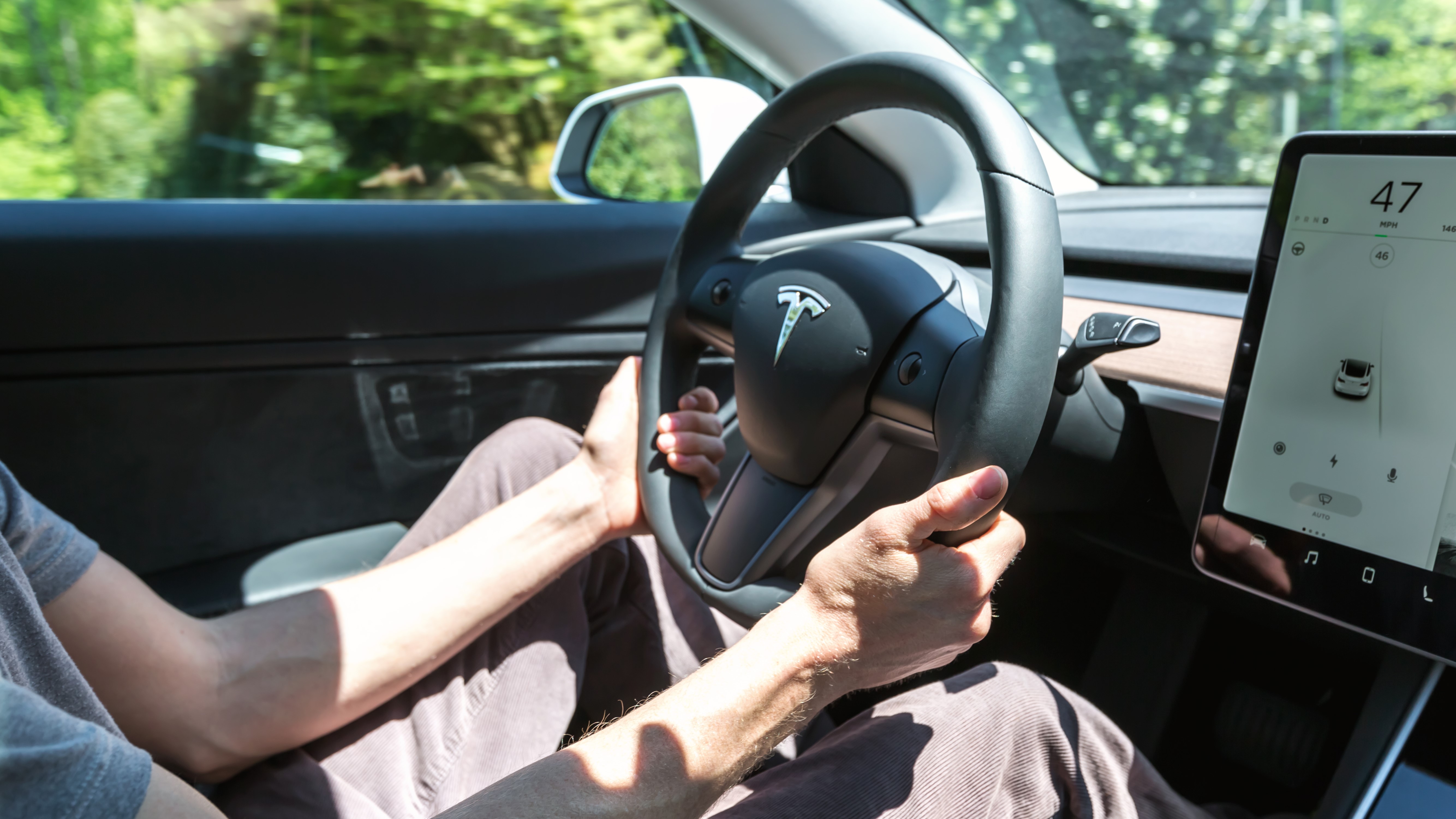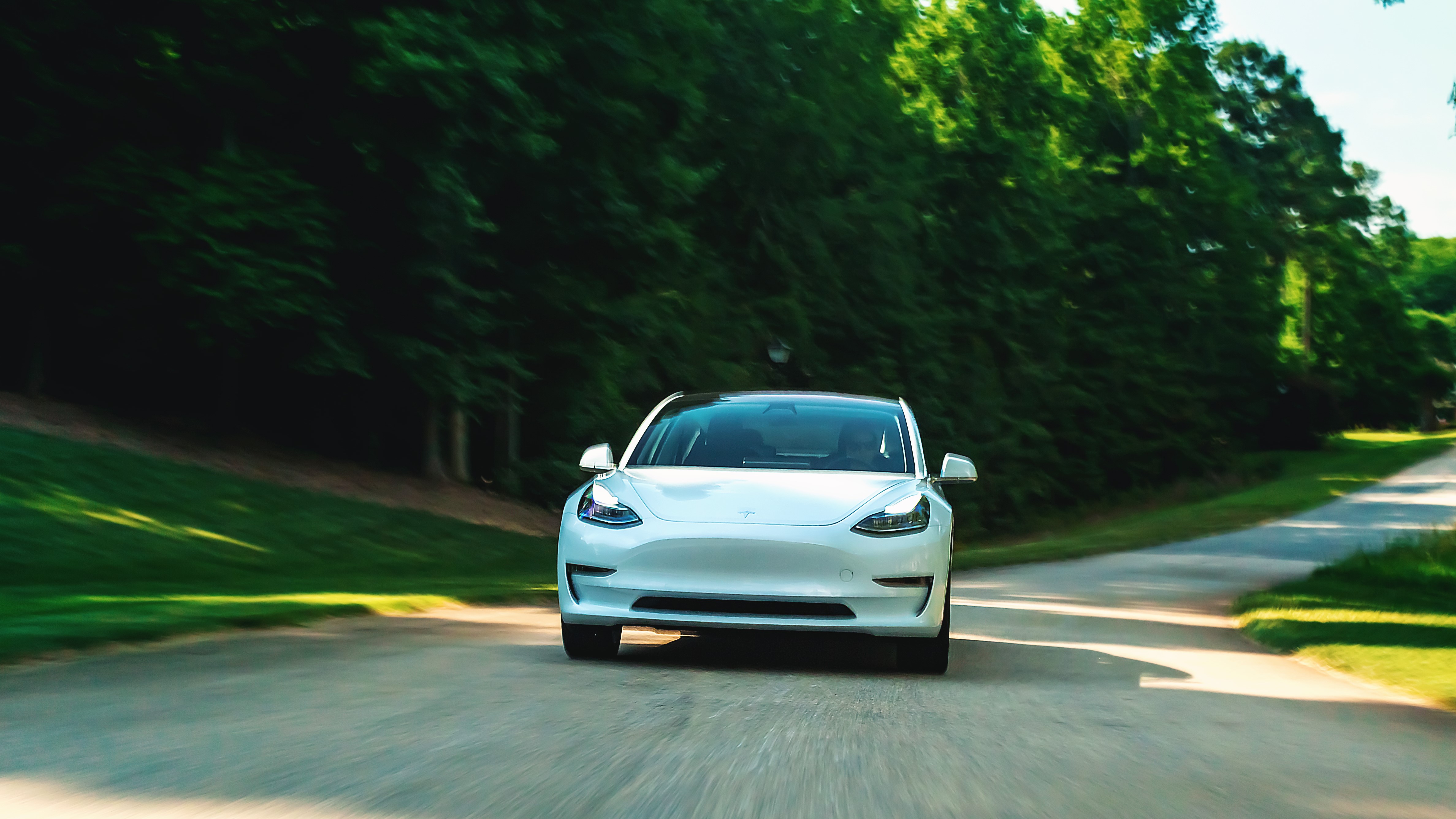A piece of tape fooled a Tesla Model S into speeding – how else could they be tricked?
You're not on the test track now

As the advent of autonomous driving inches forward year by year, there’s an incredible opportunity to cede control over to the machines. AI can help look for dangers on the road and adjust our speed long before problems occur. It’s an exciting time because machine learning in cars is almost magical.
The first time, a car like the Subaru Legacy Outback tells you not to look down at your phone, or a Ford Explorer applies the brakes suddenly when you fail to notice the semi-truck that just pulled out in front of you is when you realize how far we’ve come.
Curiously, these new advancements could also present an opportunity for hackers. While the AI tech in cars never needs to sleep and is always vigilant, it is not that hard to trick the machine learning routines, even with a piece of tape.
Over the limit
Recently, researchers at McAfee announced an 18-month project where they attempted to alter the cruise control abilities in two 2016 Tesla Model S cars. They applied tape to a speed limit sign and then drove the Model S, watching as the vehicle jumped up in speed by 80 miles-per-hour. It only took one extension of the number three on a speed limit sign that said 35, changing it to read 85 instead.
The companies that developed some of the autonomous driving tech in the Tesla S refuted the claims by saying a human driver would also read the speed limit sign inaccurately, and that’s exactly when I started wondering what this all means.

I agree that human drivers are likely not that perceptive. On a highway recently, I noticed how a departure lane I took off the main highway was posted at only 35 miles-per-hour (coincidentally enough).
I slowed down to 35, but I wondered why the city lowered the speed so quickly from 75 miles per hour. It was accurate, but it didn’t make sense to me. The road was nowhere near a residential area.
Get daily insight, inspiration and deals in your inbox
Sign up for breaking news, reviews, opinion, top tech deals, and more.
However, the fact that I was wondering is the important factor.

Autonomous tech in cars might not do this. Experts who responded to Mcafee did say the Model S also uses crowd-sourced data and likely also uses GPS data, which is much harder to spoof. That said, it made me wonder.
Autonomous cars will need to do more than read speed limit signs. They will also need to interpret the conditions and the setting — it would not make sense to suddenly go from 35 MPH to 85 MPH. If it is a simple calculation from one number to another, it won’t work.
New tricks
In the future, I wondered how hackers might trick cars in other ways. We’re on the verge of cars connecting to the roadway and to other cars. Recently, an artist demonstrated how hauling a wagon full of smartphones could trick Google Maps into thinking there was traffic congestion. What else could they do?
I can envision someone creating a stir by sending out fake signals about other cars on the road, sending notices about road closures, or even worse — tapping into car systems from the side of the road and telling them to brake suddenly.

At the same time, it is a lot of fuss over something minor. Fewer and fewer cars are reading roadway signs and are determining speed based on GPS data instead. No research has ever shown that hackers could cause cars to brake suddenly, and when there are examples they are usually in controlled environments.
I think it is mostly a curiosity. We like to be able to fool the machines, and that’s a good thing. As long as they don’t ever start fooling with us.
On The Road is TechRadar's regular look at the futuristic tech in today's hottest cars. John Brandon, a journalist who's been writing about cars for 12 years, puts a new car and its cutting-edge tech through the paces every week. One goal: To find out which new technologies will lead us to fully self-driving cars.
John Brandon has covered gadgets and cars for the past 12 years having published over 12,000 articles and tested nearly 8,000 products. He's nothing if not prolific. Before starting his writing career, he led an Information Design practice at a large consumer electronics retailer in the US. His hobbies include deep sea exploration, complaining about the weather, and engineering a vast multiverse conspiracy.
